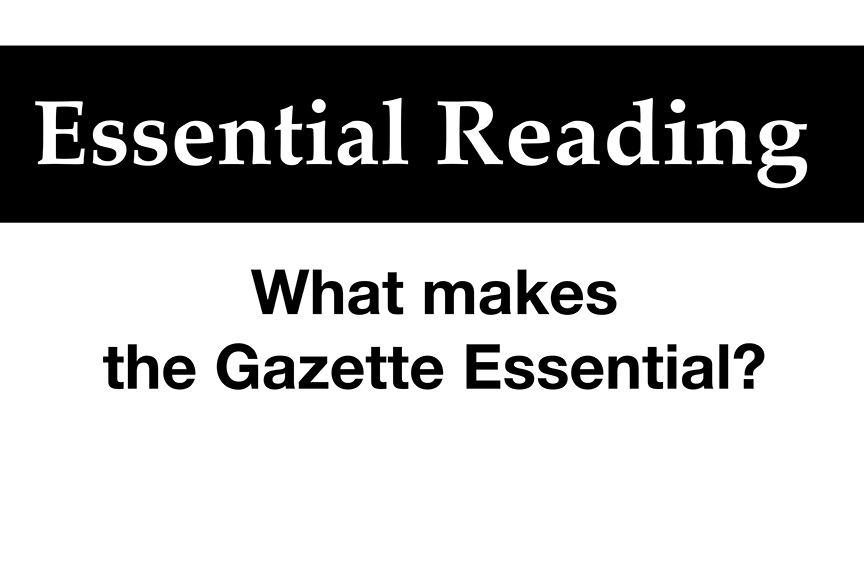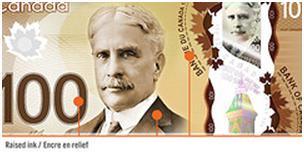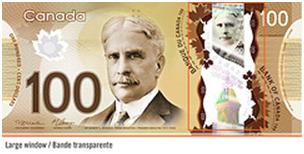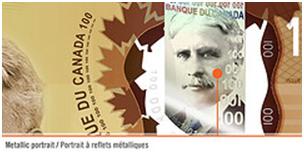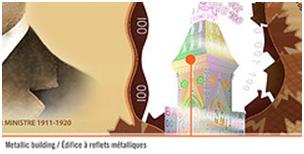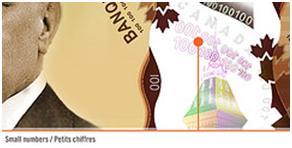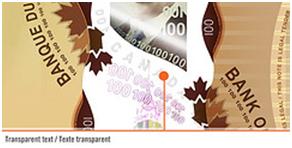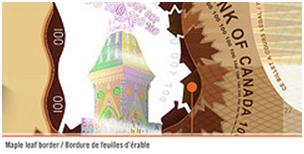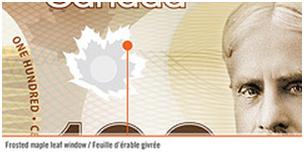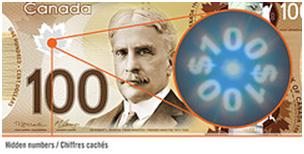By Pepper Parr
 BURLINGTON, ON July 7, 2011 – They make up a large part of the community and the demographic trend is for there to be many more of them. Their needs tend to be greater than that of other people in the community.
BURLINGTON, ON July 7, 2011 – They make up a large part of the community and the demographic trend is for there to be many more of them. Their needs tend to be greater than that of other people in the community.
These are our senior citizens, although that term, senior citizen, is one many of them don’t like all that much and many scoff at the explanation that they are in their “golden years”, for many live in close to dire poverty and have health issues as well as financial issues.
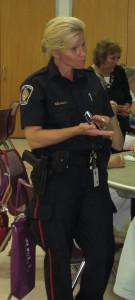
Constable Wendy Moraghan of the Halton Regional Police Service works with the seniors community and spends time in the different Halton Region communities to answer questions related to safety. She is able to sense when there is any abuse taking place and knows how to gently prod and bring issues and concerns to the surface.
The fast pace of the society we live in and the newer forms of communication are beyond many of these people. They aren’t stupid. They have very strong core values and during their working years had a work ethic that today’s employers wish they saw a lot more of in the people they hire.
There is an innocence to many of today’s seniors and the changes in the family unit leave many of them alone, a bit frightened and looking for a place they can go for answers to many of the questions they have.
Elder abuse is now a serious social problem that every community struggles with. Many seniors give a power of attorney over there financial affairs to someone they trust and find that it is abused by the person who holds that power.
Fraud has become another serious problem with some seniors receiving a phone call from a person claiming to be a friend of their nephew or some other relative and asking for money to be sent to solve a problem.
Many seniors find that through misunderstanding or poorly placed trust, they get taken by scam artists and the savings they had set aside are suddenly gone and they are at a point in their lives when they cannot replenish those savings.
While counterfeit money is no longer the big issue it once was in Canada there are still people out there trying pass along counterfeit bills to unsuspecting people.
The Bank of Canada controls the money supply in this country. It is the Canadian Mint that actually prints the money. The Bank of Canada has people in the field who go into the community and explain what to look for in to determine if a bill is counterfeit.
The Bank of Canada was in Burlington doing a presentation with Constable Wendy Moraghan of the Halton Regional Police Service explaining the new polymer bills that will be released by the Bank in the very near future.
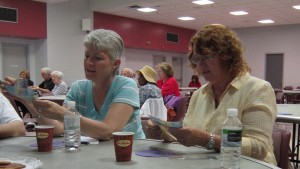
A table with several seniors looks closely at paper bills given to them to inspect. They were asked to decide if the money was counterfeit – none of it was.
And at the same time the told the audience how to detect a counterfeit $10, or $20 bill. The cardinal rule was: tilt the bill and look for the and then run your fingers over it – and if in doubt ask the person giving you the bill to give you a different one.
The new $100 and $50 polymer notes are easy to check and hard to counterfeit. They have the same innovative security features that can be seen in transparent areas on both sides of the notes. Some tips on what to look for if you find yourself with either a $100. or a $50. bill in your purse.
Feel
-
1. Raised ink
Feel the raised ink on the shoulders of the large portrait, the large number, and the words “Bank of Canada” and “Banque du Canada.”
Look
-
2. Large window
Look for transparency through the large window containing a metallic portrait and building. -
3. Metallic portrait
Look at the details in the metallic portrait in the large window. It matches the large portrait. -
4. Metallic building
Look at the details in the metallic building in the large window. Tilt the note to see sharp colour changes in the building. -
5. Small numbers
Look at the numbers in and around the large window that match the value of the note. Some of the numbers appear in reverse. -
6. Transparent text
Look at the word “Canada.” It is transparent and feels slightly raised. -
7. Maple leaf border
Look at the maple leaves that border the large window. Some of the leaves cross into the window. -
8. Frosted maple leaf window
Look at the frosted maple leaf window to see that it has a transparent outline.
Flip
Added Security
-
9. Hidden numbers
The hidden numbers are a security feature that you can use to further verify your note, with the aid of an eye-safe single-point light source.
The Bank of Canada representative explained to the seniors gathered at Tansley Woods explained that when bank notes are taken out of circulation they are not burned but rather shredded and then recycled. He passed around a smallish plastic freezer bag half full of shredded bits of paper that he said represented half a million dollars worth of fifty dollar bills. It got a lot of attention as it was passed from table to table
Real money was passed around as well and people were asked to determine if the samples they were holding were real or counterfeit. Opinions were pretty evenly split – turned out every bill was real and were used to show people how to identify a counterfeit bill. Seems the Bank of Canada doesn’t deal with counterfeits and doesn’t use it in the community work.
[retweet]


